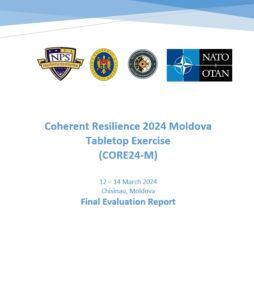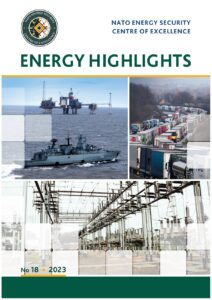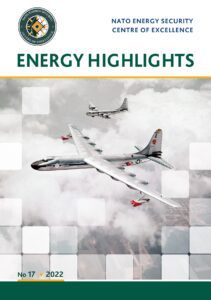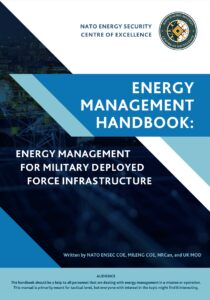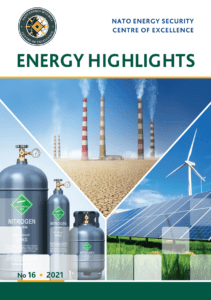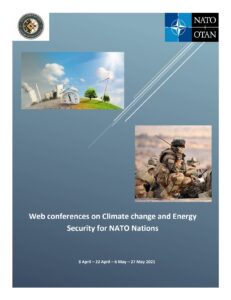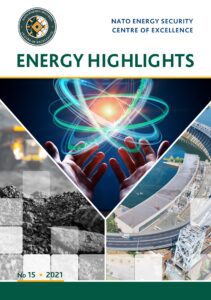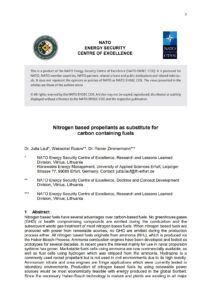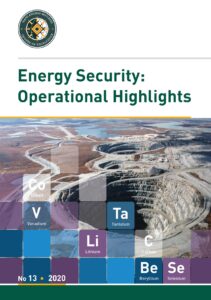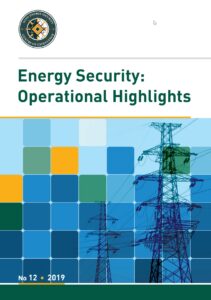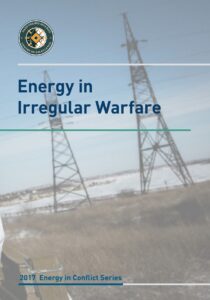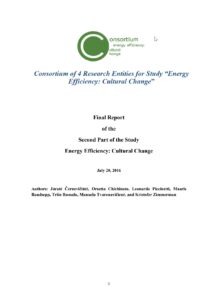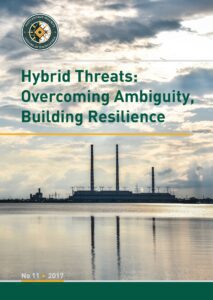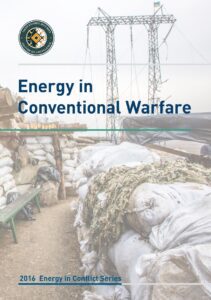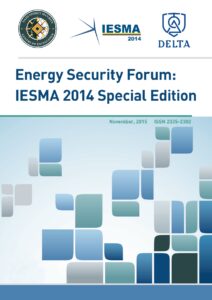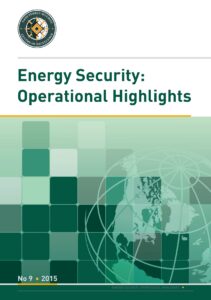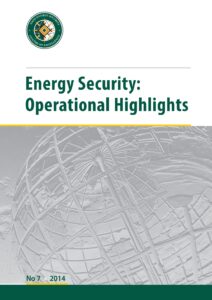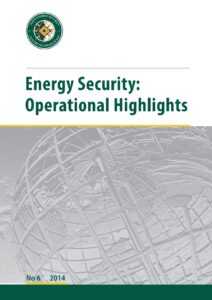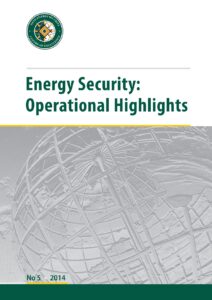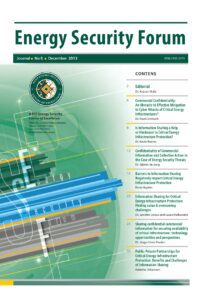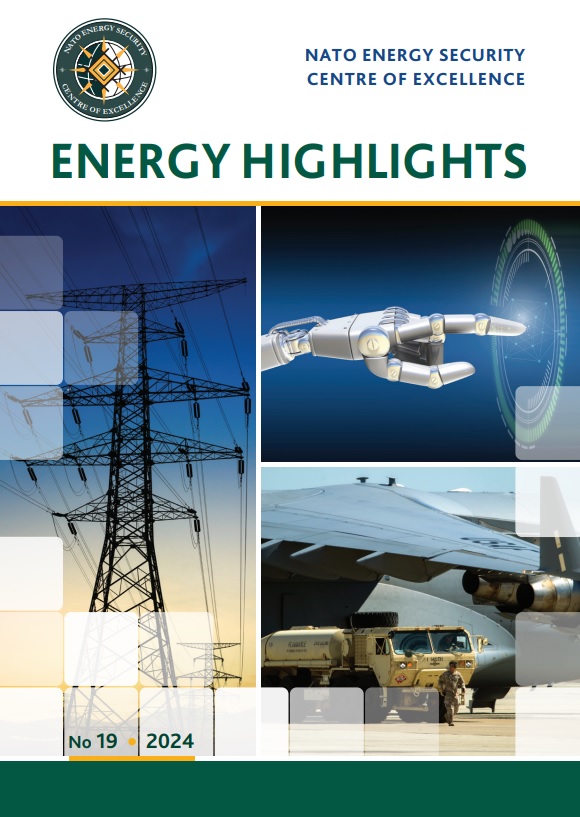
This issue explores some of most pressing issues in the sector today: commodity availability and accessibility; technological innovation, and foreign direct investment.
Our first article, provided by former Norwegian Vice-Minister for Energy Amund Vik and Henning Gloystein of Eurasia Group, pinpoints how Europe collectively avoided widespread energy shortages since Russia’s full-scale invasion of Ukraine. Looking forward, the authors outline the need for significant investment in transmission capacity to handle the intermittency of renewables and avoid losses. Drawing parallels with NATO’s principle of interoperability, they demonstrate that energy security throughout the transition requires enhanced cooperation and interconnection – building on the collaborative success seen during the recent crisis.
Alan De’Ath from the UK’s Department for Energy Security and Net Zero provides the second article, examining the exciting opportunities and critical risks associated with Artificial Intelligence in the energy sector. AI’s capability to significantly reduce operational costs and improve efficiency is poised to be a game-changer in meeting the urgent demands of global energy transition. However, we need to ensure AI-enabled systems are resilient to cybersecurity threats, that unintended consequences of integration are avoided, and that workers’ skills and policymakers understanding keep up with innovation. The author calls for continued collaboration amongst government, industry, and academia as these risks are identified and mitigated.
The third article in this edition is provided by Dr Jutta Lauf and Dr Reiner Zimmerman. Here, the authors examine the motivations behind the People’s China’s ambitious investment programme, the Belt and Road Initiative (BRI). This article balances the advantages that come with engaging with BRI investment against the strategic and economic complexities that follow. Ultimately, the authors demonstrate the need for Allies to carefully consider the long-term implications of foreign investment in critical national infrastructure. The lessons learned from BRI projects will form a crucial base from which to develop future engagement strategies with global actors.
Finally, we present an in-depth look at the United States Department of Defence’s (DoD) consumption of oil products since 1975. By analysing the consumption trends of the largest Allied military alongside the policies & investments shaping it into the future, this article presents a view out to 2030. Situating this in the context of global production and refinery projections, it pinpoints strategic considerations for security and resilience like increasing import dependence and lengthening supply chains. Recognising the existential threat posed by climate change, this article provides considered recommendations for maintaining security throughout the transition.
As always, Energy Highlights aims to provide the community of interest with insightful analysis and diverse perspectives on key issues shaping the energy sector. We hope that this issue will not only inform but also inspire critical discussions and strategic actions within the energy security community of interest.

